When it comes to the construction and operation of dump trailers, the positioning of axles is a fundamental aspect that directly influences stability, load capacity, and overall functionality. Understanding where the axles should be placed on a dump trailer is critical for ensuring safety, efficiency, and longevity.
Understanding the Importance of Axle Placement
The placement of axles on a dump trailer is not just a matter of aesthetics; it significantly impacts several key performance indicators:
Weight Distribution: Proper axle placement ensures that the weight is distributed evenly across the trailer. This helps in minimizing wear and tear on the tires and frame.
Stability and Handling: A well-balanced trailer with correctly positioned axles will handle better during transport, reducing swaying and increasing overall stability while on the road.
Load Capacity: The position of the axles will also determine the maximum load capacity of the trailer. This can prove vital when hauling heavy materials.
Legal Compliance: Different jurisdictions have specific regulations regarding axle placement, particularly concerning the distance between axles and load limits, which must be adhered to for legal road use.
Recommended Axle Placement Strategy

General Guidelines for Axle Placement
While the specific placement may vary based on the dump trailer design, loads, and regional regulations, the following general principles are beneficial:
Distance from the Front: Typically, axles should be placed approximately 60% of the trailer length from the front. This positioning helps create an effective load distribution.
Ground Clearance: Aim to maintain sufficient ground clearance, avoiding excessive sagging or bottoming out, especially when loaded.
Wheelbase Consideration: The wheelbase – the distance between the front and rear axles – should be optimized to improve turn radius and stability.
| Aspect | Recommended Measurement |
|---|---|
| Front Axle Distance | ~60% of the trailer’s length |
| Ground Clearance | Minimum of 12 inches when loaded |
| Wheelbase | Proportional to total trailer length |
Factors Influencing Axle Placement
Trailer Length and Design
The length and overall design of the trailer play a crucial role in determining axle placement. For shorter trailers, the placement may shift slightly toward the center, while longer trailers may necessitate a more rearward position for balance.
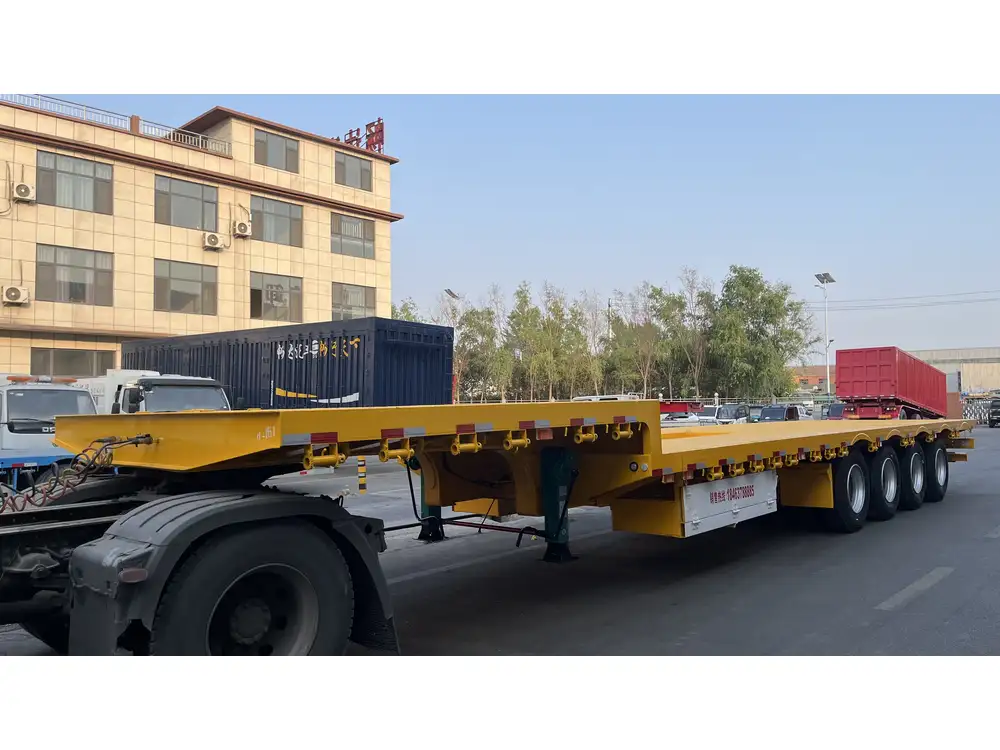
Load Type Considerations
The nature of the materials being transported is an important factor. For example:
- Heavy Materials: When hauling heavy materials, wider axle spacing may improve stability and disperses weight over a larger area.
- Light Materials: For lighter loads, axles can be positioned closer together to maintain maneuverability without sacrificing stability.
Regulatory Compliance
Each region has specific regulations regarding the placement of axles. It is essential to consult with local transport authorities to ensure compliance to avoid legal issues.
Detailed Analysis of Axle Types
Different types of axles can affect the performance and placement strategy of dump trailers. Here are the key types:
| Axle Type | Description | Best Use Cases |
|---|---|---|
| Single Axle | One axle with two wheels. Less complex and easier to maneuver but limited in capacity. | Ideal for small loads and light-duty applications. |
| Tandem Axle | Two axles working together for increased capacity and better weight distribution. | Most commonly used in heavy-duty dump trailers. |
| Tri-Axle | Three axles that provide exceptional stability and load capacity. | Best for transporting extremely heavy loads. |
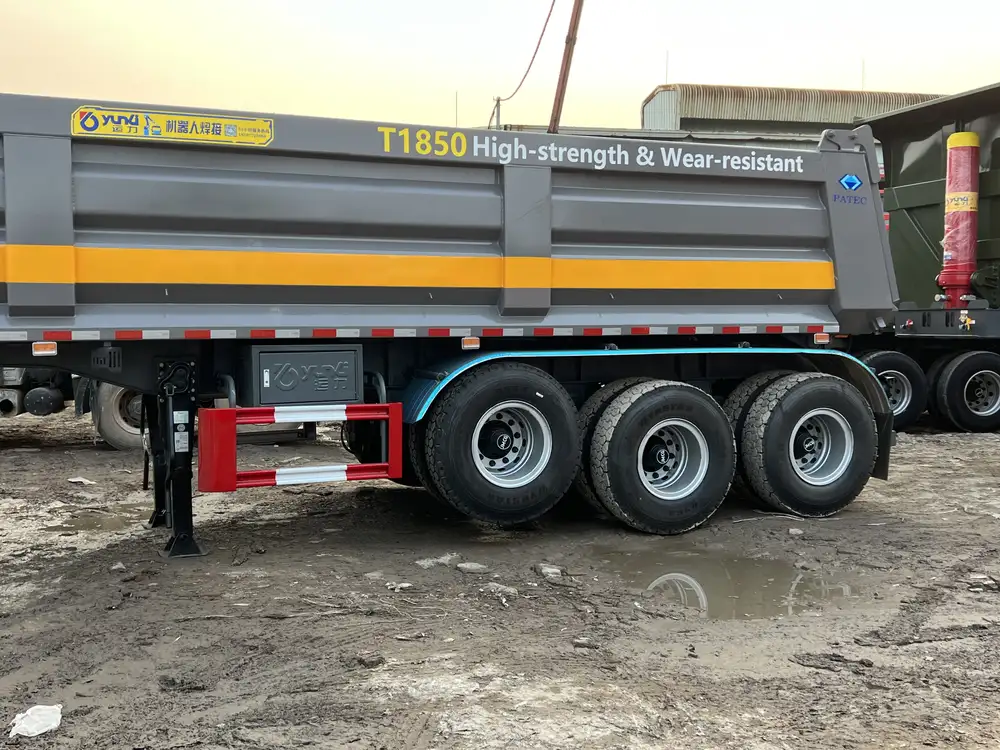
Pros and Cons of Each Axle Type
Single Axle
- Pros: Lower maintenance costs, easier to maneuver in tight spaces, lighter weight.
- Cons: Reduced load capacity, less stable when loaded.
Tandem Axle
- Pros: Better weight distribution, increased load capacity, improved stability and handling.
- Cons: More complex to maintain, yet increases overall trailer weight.
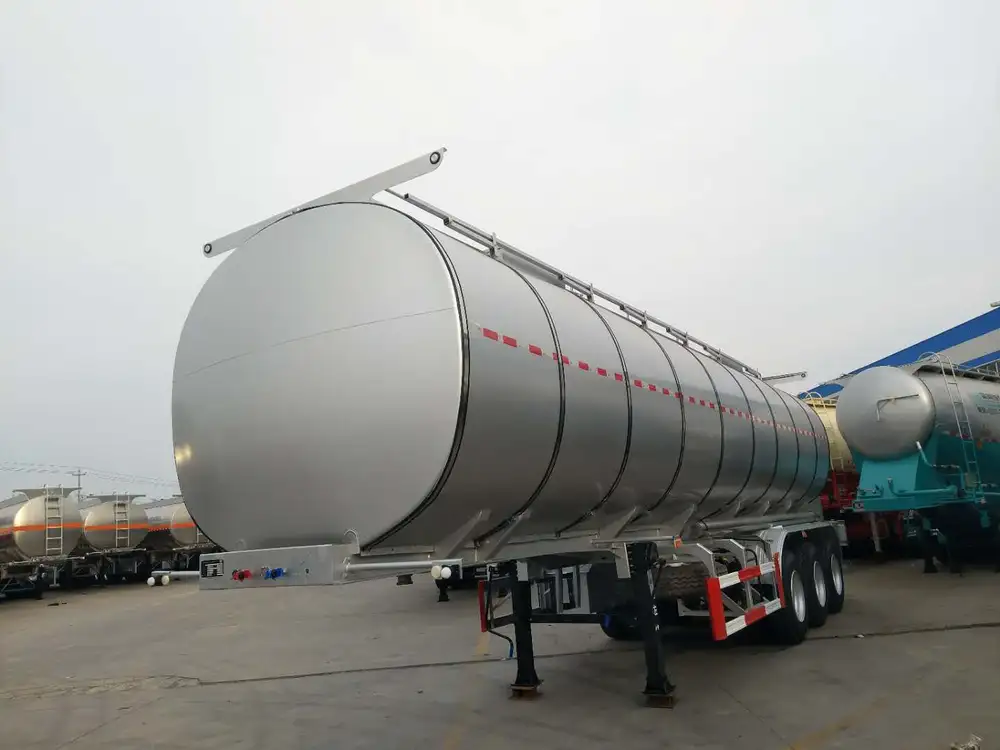
Tri-Axle
- Pros: Excellent weight handling, superior stability under heavy loads.
- Cons: Higher purchase and maintenance costs, reduced maneuverability.
Evaluating Load Distribution
Importance of Load Distribution
Load distribution is a critical aspect to consider; improper distribution can lead to tire wear, compromised safety, and potential trailer failure.
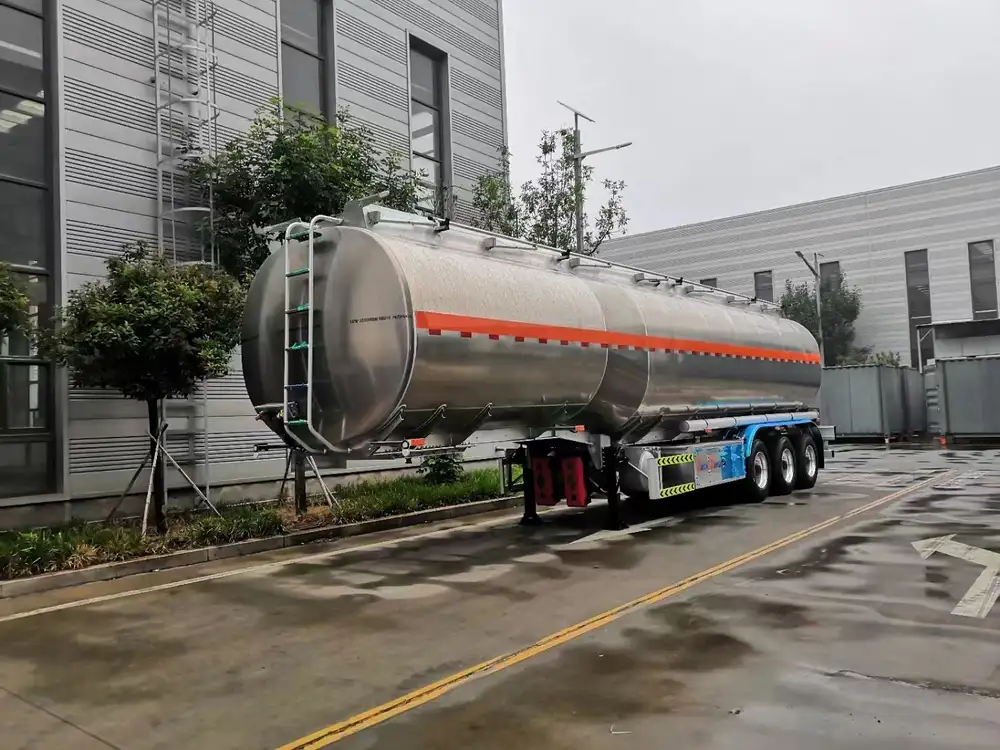
Key Distribution Metrics:
- Payload Measurement: Calculate the total weight of the load and aim for even distribution across the axles.
- Center of Gravity: Keeping the center of gravity as low as possible improves stability significantly, thus reducing the risk of tipping during operation.
| Load Distribution Strategy | Description | Benefits |
|---|---|---|
| Centered Loads | Evenly distribute loads to remain within axle limits. | Reduces wear, enhances stability, and prevents tipping. |
| Forward Loads | Place heavier items near the front axle for drive stability. | Increases traction for truck; essential for heavy loads. |
| Rear Loads | For lighter loads, positioning toward rear axles enhances maneuverability. | Reduces drag and makes sharp turns easier. |
Ensuring Effective Loading
Ensuring the load is effectively placed requires a methodical approach. Proper techniques include using weighing scales to balance the load and maintaining a clear set of loading guidelines that all operators must follow.
Recommendations Based on Usage Scenarios
Depending on the specific application of your dump trailer, the suited axle placement strategy may differ:
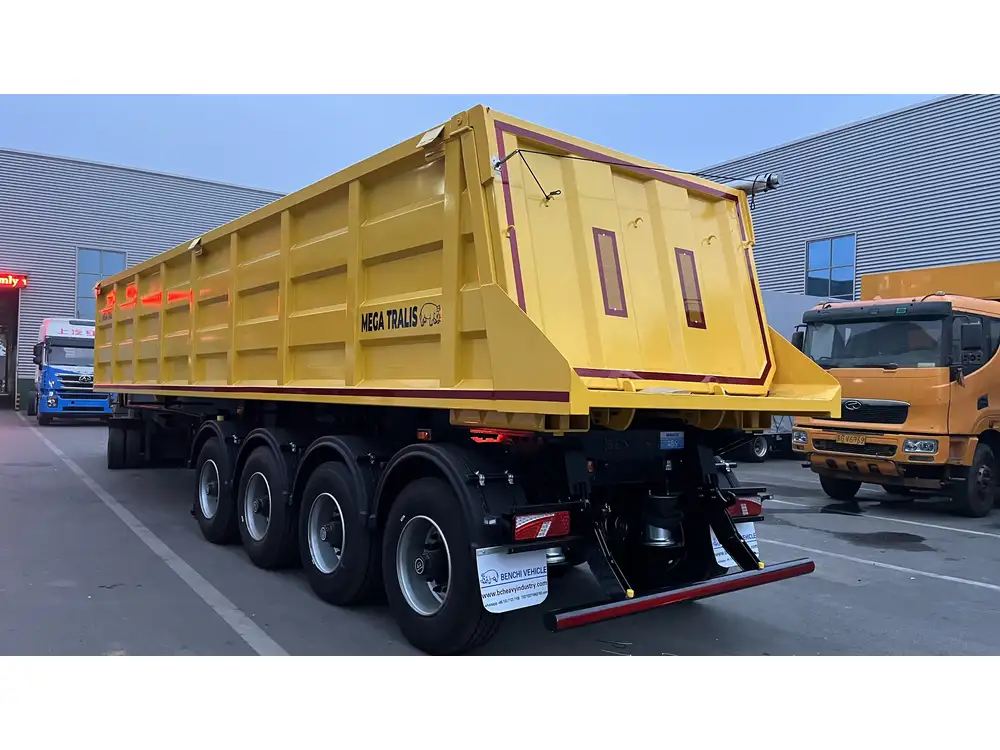
Construction Sites
For construction activities that often involve moving heavy materials:
- Preferred Axle Setup: Tandem or Tri-axle setups are recommended, with a focus on ensuring that heavy materials are centered over the axles.
Agricultural Applications
In agricultural scenarios where lighter loads are prevalent:
- Axle Placement Focus: A single axle can be utilized effectively, positioned toward the center to maximize maneuverability when navigating through fields.
Landscaping and Small Projects
For smaller jobs that require versatility:
- Versatile Axle Setup: A single tandem axle would suffice, allowing for easy transport in various settings without overloading.

Final Words on Axle Placement
Optimization of axle placement on a dump trailer is integral to achieving operational efficiency, safety, and longevity. The right axles not only facilitate compliance with stringent regulations but also enhance the trailer’s performance based on its specific application.
Ultimately, understanding the load dynamics, the influence of trailer dimensions, and regulatory requirements will empower manufacturers and users alike to make informed decisions that lead to improved efficiencies and uninterrupted service cycles. By investing time into proper axle configuration and load distribution techniques, trailer operators will ensure maximum return on investment while minimizing risk factors associated with transportation.
Conclusion
In conclusion, understanding the complexities surrounding where axles should be situated on dump trailers is paramount. As industry players, acknowledging various operational considerations such as load distribution, axle types, and specific use-case scenarios will significantly contribute to performance outcomes and operational success. The focus on these aspects transcends mere functionality and leads toward a higher standard of safety and efficiency in trailer operations.



